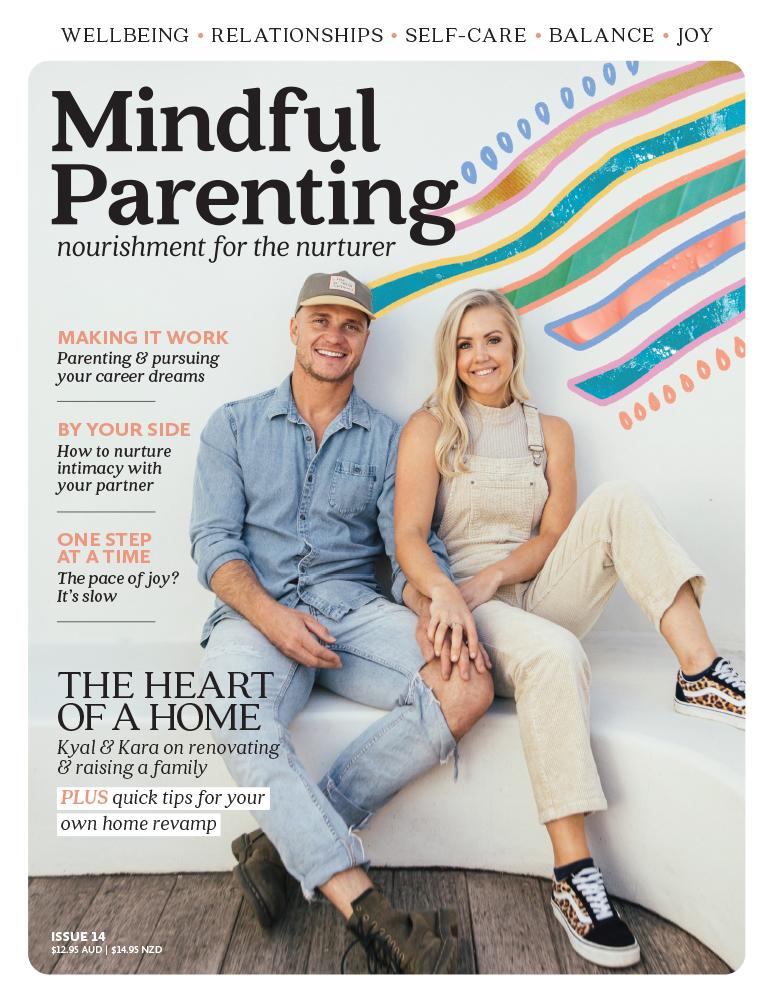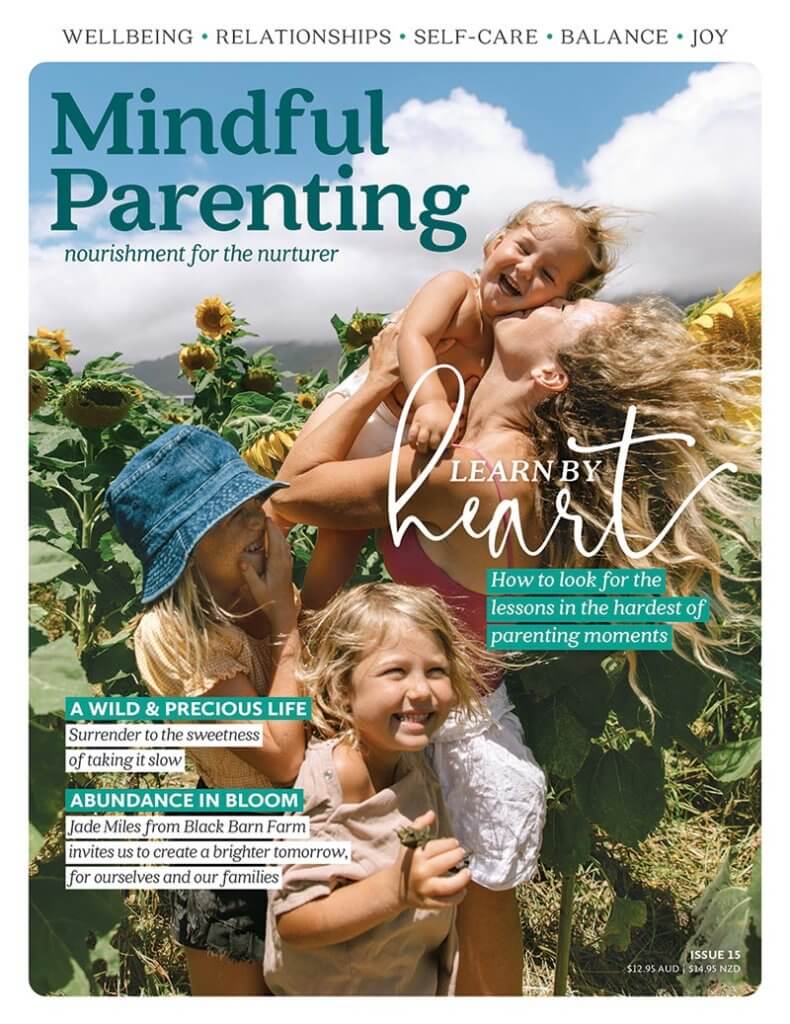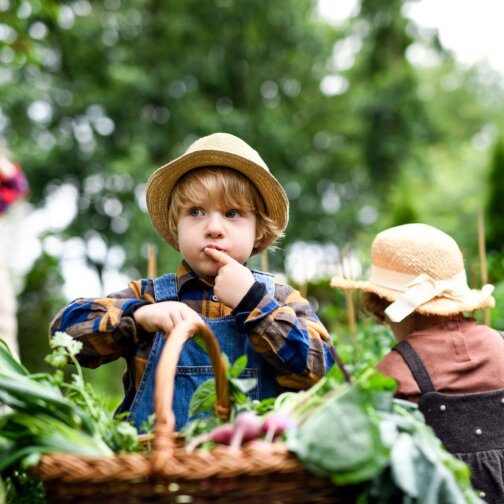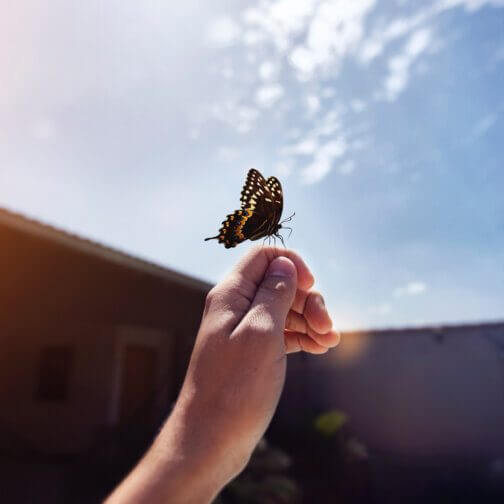
Just as we exercise our bodies to stay healthy, our brains have to keep in shape too.
I had a chat with my kids about the brain recently. They’ve been devouring a little book on the complexities of the human body, and I told them: “The brain is by far the most undiscovered part of us and it controls everything.” I guess they were intrigued by the brain’s superhero qualities because they kept asking follow-up questions as if their mum was a neuroscientist, not a writer. But the truth is: I do try to keep up with the newest brain discoveries. Not only because I’d love for one of my kids to become a scientist, but also because I remember how psychiatrist Daniel J Siegel said that raising ‘whole-brain’ children is the only way to prepare them for the challenges of adulthood.
Why is that? Because it is in the brain that nature has hidden the keys to virtually every aspect of a child’s life: happiness, wellbeing, discipline, decision-making, self-awareness, school readiness, relationships and so on. As Siegel writes in his famous book The Whole-Brain Child, as parents, our primary duty is to make sure our children become better integrated so they can use their whole brain in a coordinated way. “We want them to be horizontally integrated so that their left-brain logic can work well with their right-brain emotion. We also want them to be vertically integrated, so that the physically higher parts of their brain, which let them thoughtfully consider their actions, work well with the lower parts, which are more concerned with instinct, gut reactions and survival.”
But how do we coordinate the way our kids’ brains operate? We have to consider one important fact: our brains are plastic, in other words: mouldable. Even if most of our kids’ life trajectories are uncertain and, most probably, full of challenges (as well as sweet and rewarding things), we can still help them develop mental fitness muscles, and grow into resilient and happy adults.
Dr Paula Robinson, an author and psychologist, defines mental fitness as learning skills and ways to build our ability to meet challenges successfully and thrive in any environment. As such, mental fitness is a precursor to resilience. It’s not developed by positive thinking or playing developmental games that are good for our brains, like puzzles or quizzes. Instead – as Kari Sutton explains in her book Raising a Mentally Fit Generation – we become mentally fit by participating in regular, intentional activities that create positive, healthy habits of the mind. “Just like keeping physically fit and healthy takes work, becoming mentally fit takes commitment and practise too,” says Sutton.
HOW TO RAISE MENTALLY FIT KIDS
TEACH THEM SPECIFIC, BRAIN-RELATED SKILLS
Sometimes we worry that too much discipline makes for rigid, unloving parents. But Brené Brown, the world’s most beloved teacher of resilience, often reminds us that boundaries – so saying ‘no’ to our kids – are the best gift we can give them. Kari says clear rules that are applied consistently help children learn what is expected of them and form healthy habits, good self-regulation and problem-solving skills.
LET THEM MAKE MISTAKES
It may sound like a clichéd mantra, but the truth is simple: One does not learn from success. Teach your kids to embrace mistakes as part of the learning process. When the kids are allowed to fail, they learn to trust themselves and try again.
KEEP THEIR BRAINS HEALTHY
In one study, a leading Australian researcher, Dr Felice Jacka from Deakin University, found out that eating junk food can impact the areas of the brain linked with both learning and memory. Since our brain tissue consists of 80 percent water, we need hydration to function well. Sleep is another essential factor in our kids’ wellbeing – it’s linked to resilience and helps prevent anxiety and depression. Thus, the recipe for a healthy brain is quite simple. Sleep, water and good food will nourish the young, plastic brains just like sweet, loving words. The more goodness you put into them in the young years, the better outcomes await them in the future.
ENCOURAGE HEALTHY SELF-TALK
The way our kids verbalise even the most trivial things that are happening to them guides their deepest thinking. Never feed their inner critic, even jokingly. Brené Brown once said that she caught her daughter calling herself ‘silly’ in frustration and she had to step in immediately. That also means monitoring your own self-talk in front of the kids. Don’t complain about the way you look or behave and refrain from judging your feelings. Try to say things as they are: ‘I got angry with your sister and I yelled, which wasn’t OK. I’m sorry.’
SHOW THEM SELF-MASTERY
In his book Your Children Are Listening, Dr Jim Taylor says that self-mastery is the ability to motivate yourself to perform regular, consistent actions that move you towards your goals. Let your kids see you mastering new skills – whether you want to get better at yoga, jewellery making, your business or relationships. Also, make sure to watch with them a beautiful documentary, Jiro Dreams of Sushi. It tells the story of an 85-year-old sushi master and owner of a Michelin three-star restaurant who says that despite his age, he’s still only learning how to be a good sushi-maker.
Words by Alex Reszelska
DANIEL J SIEGEL’S HAND MODEL OF THE BRAIN
If you want to start teaching your kids how the brain works, show them how it’s built first.
- Put your thumb in the middle of your palm and then curl your fingers over the top. This is the basic hand model of the brain.
- Now, explain to the child that the knuckles are the front of the brain, the arm is the spinal cord, the thumb at the base of the palm represents the lower part of the brain (where we store our emotions – anger or stress) and the four curled fingers are the higher parts of our brain – the thinking guardians that keep us safe. Together, all the brain parts live in one big house. The ‘emotional’ thumb lives in the downstairs brain. The other ‘thinking’ fingers live in the upstairs brain.
- When you uncurl the fingers, the thumb pops up, and the thinking part disconnects from the emotional part. It’s just like when we get angry, and the lid of our emotions flips. This is when tantrums happen.
- By curling our fingers back around our thumb, all the parts of our brain connect again, and we can rationally think about what we are feeling, and why. This fosters emotional intelligence and helps to build healthier, more balanced brains.























